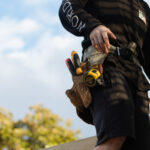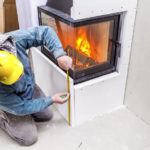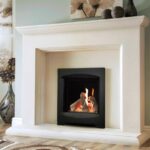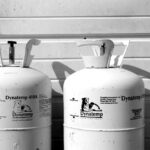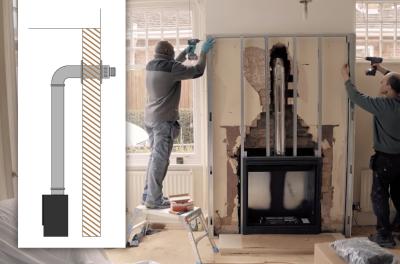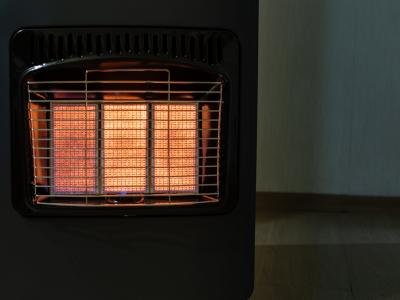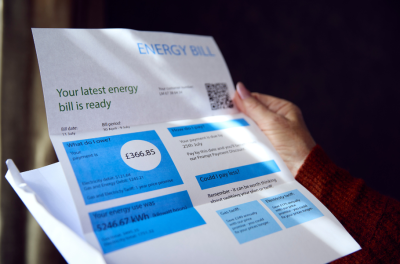We use cookies to improve your experience and our business. See our privacy/cookie policy or continue browsing to accept our use of cookies. View our cookie policy.
Finding A Qualified Fireplace Installer
Installing a fireplace is an exciting but thorough process: from discovering the most efficient fuel type for your home, landing on the picture-perfect surround to finally getting the suite installed safely. It’s something that needs a considered approach. For those crucial final phases, in particular, you’ll need the assistance of a registered professional fitter - but the question remains, who shall I choose?
At Direct Fireplaces we’ve put together a brief guide to finding the right installer, along with some checkpoints on what to look out for.
When looking for a fireplace installer
As installation involves a chain of safety checks and requires a thorough, technical approach to assembly, it’s essential you get in touch with a professional.
The UK has a number of professional bodies that all have a wealth of registered tradespeople and competent workers schemes, essentially collating and supervising the cream of heating engineering talent for customers up and down the country.
Whether it’s a solid fuel or gas fire you need fitting, our following summary provides an introduction to the core industry certifications to look out for - and don’t be afraid to inquire deeper into these when you’re searching round for an installation quote!
Key Qualifications: Solid Fuel Fireplace installation
HETAS
HETAS (Heating Equipment Testing and Approval Scheme) is the UK’s leading competent workers scheme for installers involved with solid fuel and wood biomass appliances.
The gold standard for solid fuel installation, all HETAS installers are fully trained and, once the job’s finished, leave a trustworthy compliance certificate as mark of authenticity: one copy for yourself, and one for your local authority (thereby avoiding costly Building Notice fees entirely!).
For more information, read Direct Fireplaces’ condensed HETAS Certification guide.
OFTEC
OFTEC (Oil Firing Technical Association) operates a UKAS accredited competent person registration scheme, with over 8,000 technical specialist in oil and solid fuel heating equipment.
With an OFTEC installer, you’re investing in a workforce that can certify their own work - so there’s no need to inform the local authorities about your oil-fired appliance. Their quality manual is renewed annually.
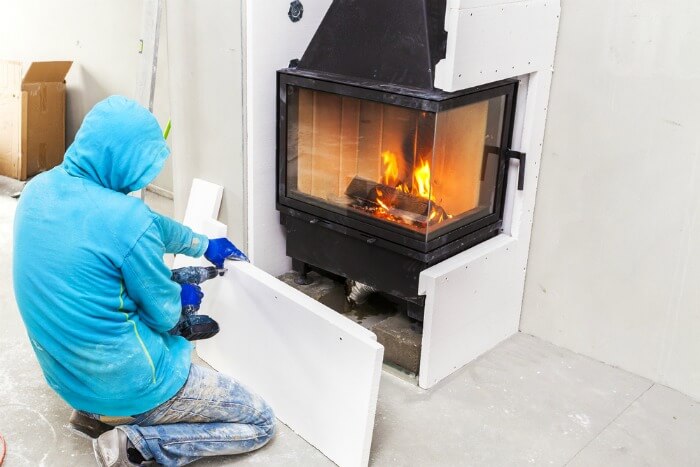
Key Qualifications: Gas Fireplace installation
The Gas Safe Register
Replacing CORGI as the UK’s gas registration body in 2009, the Gas Safe Register is an official database of businesses (120,000 engineers in total) who can legally work on gas fires and other appliances.
Not only a handy catalogue of the best work force, the GSR also campaigns against unsafe and illegal gas work, correcting and investigating reports of poorly fitted, neglected and dangerous leaks.
Visit Gas Safe Register website
Key Qualifications: Chimney Maintenance
NACS
Formed in 1982, The National Association of Chimney Sweeps has over 600 chimney specialists, all trained to the highest standards of sweeping, inspection and chimney maintenance.
All members have mandated training, are vetted before enrolment for public liability insurance and all necessary tools are checked to ensure a truly vigilant attitude towards public safety. Important in the pre-installation phase, a chimney inspection will also locate any leaks, check for good draught flow and that flues are structurally sound.
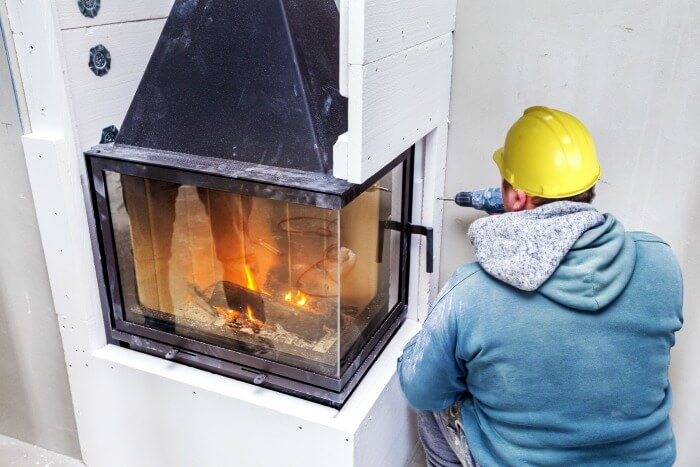
Recommendations:
On top of finding a qualified fireplace installer near you, there are some other points to keep on your installation radar before, during and after the process.
- Find the right size fireplace. You’ll know your living room by heart, so ensure your fire surround suits the space comfortably: too big or too small will look out of place. Of course, your choice will be swayed slightly by factors like opening dimensions, size of your chimney breast, ventilation requirements. However, always frame your decision by the structure and atmosphere of your room and what will work best.
- Keep hold of the installation manual. All gas and solid fuel fires will come with a manufacturer’s installation manual. This is a treasury of model-specific technical data, covering everything from the right chimney specifications, flue temperature, assembly instructions and fuel recommendations. These are really useful for pocketing for future operating and maintenance tips too!
- Have an expert-first approach. This is a simple one and can’t be restated enough; industry knowledge and qualifications are the key. Most construction workers should be able to fit fireplace surrounds or cast iron inserts, but we’d always suggest using a qualified heating specialist for the more technical aspects of gas safety checks, ensuring no excess fumes, etc.
- Remember the preparatory work. Like most processes, there’s a chain of checks-and-balances that need to be looked into before a fireplace can actually be fitted. Whether that’s using a manometer to check your existing gas supply is healthy, or that your chimney is smoke tested and the surrounding brickwork secure - all of this prep work is essential for a smooth, fault-free installation.
- Power of word of mouth. Listen closely to any recommendations of local fireplace installers from friends and family - if they’re happy with their installation and have had no issues then this could be a reliable option.
Fireplace Servicing and Maintenance:
As fireplaces can require occasional upkeep, it’s always worth asking whether your installer offers servicing too, in case there’s ever an issue. Some contractors may even offer discounts for return work, and it’s always reassuring to have an expert on hand to respond to any queries.
Further Information:
For more information, and that final piece of safety-conscious reassurance, please read our range of installation advice guides from Direct Fireplaces’ resource hub:
- Fireplace Safety Advice For Gas, Electric and Wood Fires
- How To Install An Electric Fire At Home
- How To Have A Gas Fire Without A Chimney Or Flue
direct fireplaces
Latest posts by direct fireplaces (see all)
- Which Electric Fireplace Gives the Most Heat? - February 5, 2021
- Retro Fires and Retro Stoves for the Home - January 22, 2021
- Do I Need a Fireplace in My New Home? - January 20, 2021


